We’re pleased to introduce Korea’s Youngho Kang, the daring photographer and multi-media artist behind the 99 Portrait Series. In a country that can at times be rigid with identity and gender, Youngho’s boldness, playfulness and exploration of the human form remains one of Korea’s most interesting art projects. You can read out interview with him below, then when you are next in Seoul let us know, Perhaps we can arrange a cup of tea!
For a link to the 99 Variations, please see the end of the article.
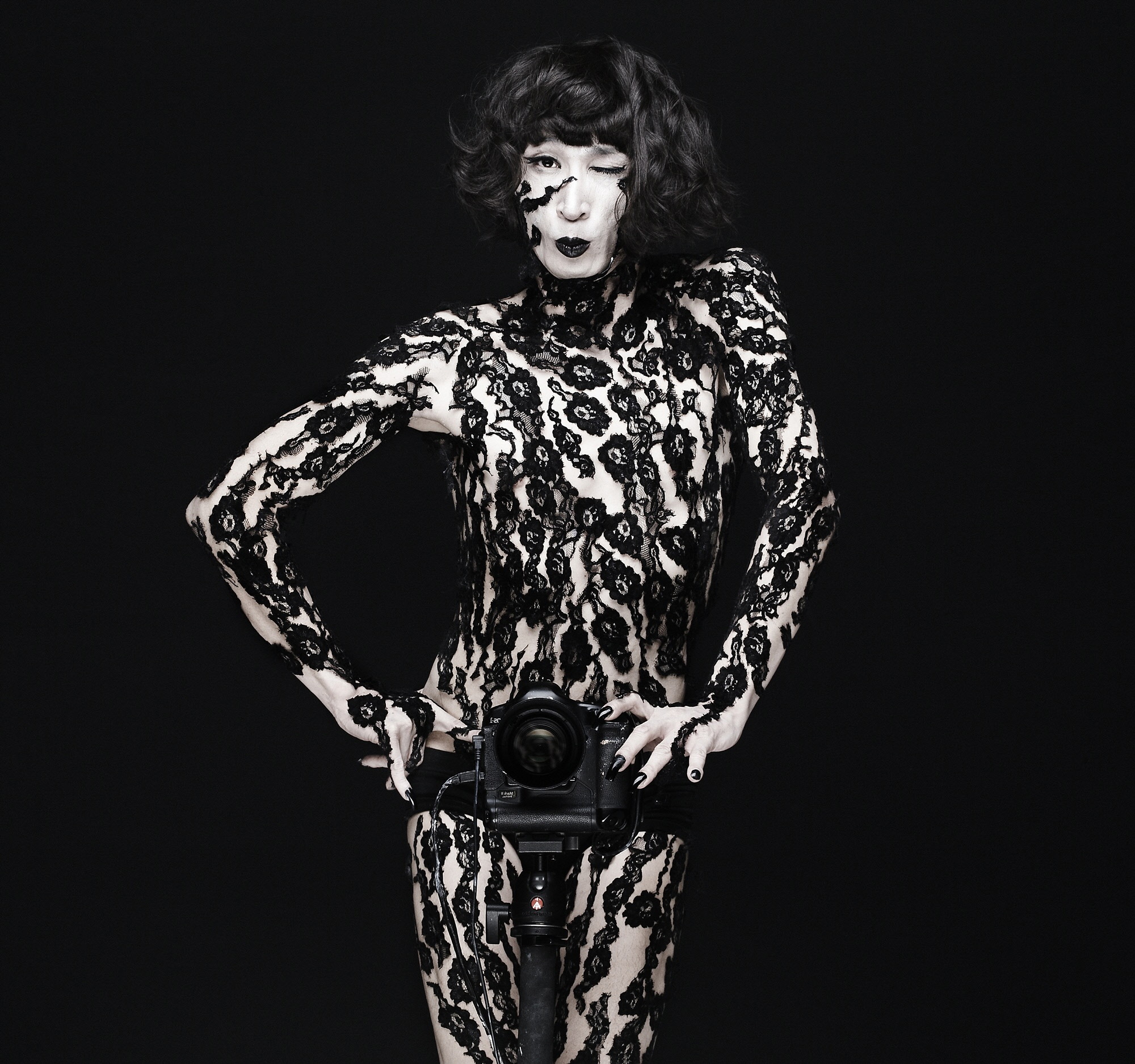
( The Woman without bones shoots the arrow, while hidden)
Asia Art Tours: Can you describe for our readers the concept of 99 Versions? How did the idea arise?
To be honest I don’t have a special concept for my works.
There is only one thing: I wanted to change my identity from a commercial photographer to a fine art artist.
So firstly I had to answer, starting with my spirit about “What is art?”. For me, that was very simple. “Art for me is to concentrate on the things that only I can do.”
I really wanted to be different from anyone, including myself. “99 Variations”, so to speak, is started by me running away from myself.
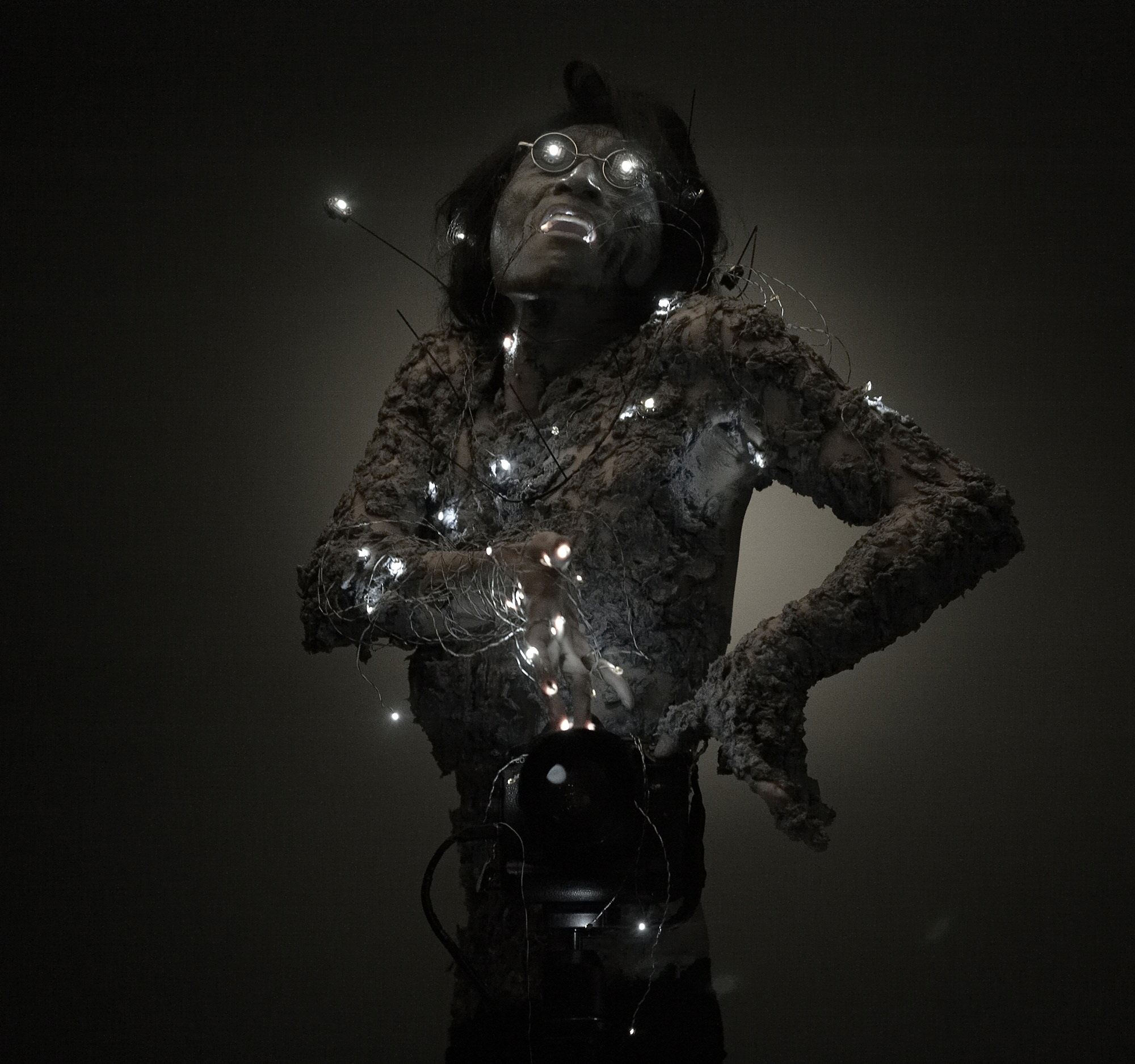
(The Prison that does not regret)
There’s a huge variety in the images, some show chaotic motion; some are arresting portraits; they all have intriguing details. What, to you, is the element that unifies all these images? What’s the signature characteristic that runs through them all?
I took photos of myself in front of the mirror. My figure and camera are always revealed in one frame. My works stem from two oxymoronic kinds of desire.
Separating and creating another self from my realistic self, and at the same time, connecting them. In my case I used the mirror to discover my other selves, while at the same time I used the camera to place them in my memory again.
The relationship between the mirror and I is subconscious, which helps me imagine. The relationship between the camera and I is conscious, which helps me to memorize.
So to speak, I can see the images are 99% different and separated from realistic self by the mirror, but finally I can recognize them all as myself, thanks to the camera.
This means, the mirror expanded my amount of selves, while the camera maintained the mass of my selves.

(The Bird that the fisherman caught is Haughty)
In your artist statement you wrote that you love the exercise of creating images, whereas the final image is more like a mummy, or the preservation of art that used to be alive and present. Can you tell us more about that, and what your process is like in general for creating these portraits?
I have worked as a portrait photographer for about 20years. The knowledge from my work tells me that people live as they look; their lives are connected with the way they look and vice versa. It means that there is a kind of “Destiny of Looks”. I believe that knowing one’s own appearance is very important. But most people do not take in appearances and what they tell, only the surface information.
Actually the appearance can mean a lot of things and be as symbols. In my case, looking at the photos I can feel special impressions, as a story, about my subjects. While shooting I share my impression with them and they always were interested and agreed with what I thought of their character.
My work is making portrait photos, interviewing and writing a short article; it is actually my performance art. When I have worked as a portrait photographer, I always regarded myself as a mirror. This means, the photos are a kind of mirror showing the subject. I could always find and meet another layer of what makes up humanity. Thanks to the interviews I can go to inside of my subjects and catch their invisible figure. The reason for my works being performance art is that the process (photographing, interviewing and displaying) itself at that moment, is the creative action.
Nowadays, when I am to answer someone’s questions about my work’s genre I reply it is “performance art”. My work is focused on “the time” that I am in front of the mirror, creating the images and the self- interview. After a session of image-creation, the performance finishes. The most important thing is the creation process as an interview, the actual activity that takes place in front of the mirror between myself and my other self at the moment. Nevertheless, for remembering capture that moment of changing with my camera.
(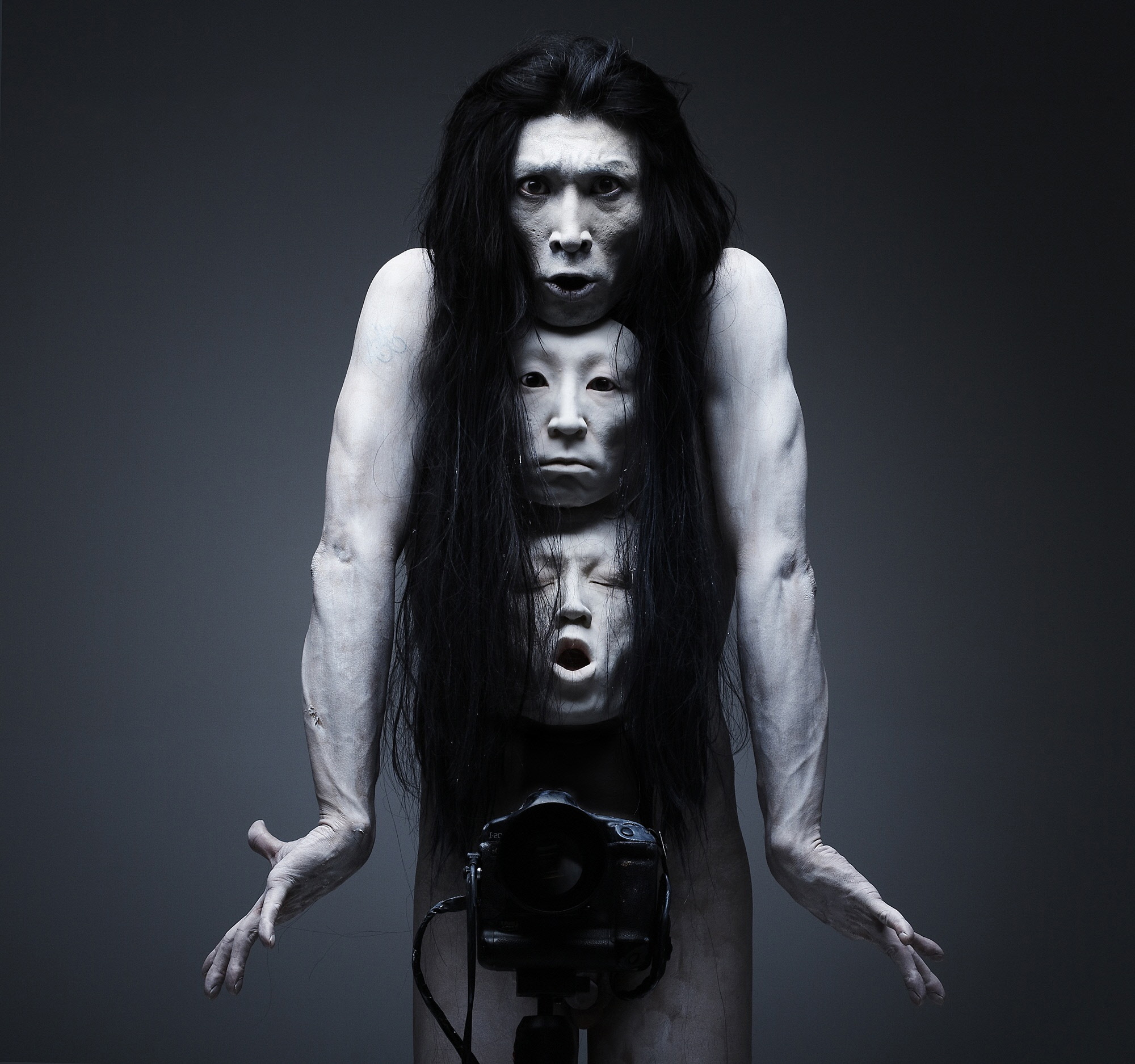
(The king who grows the chin)
Can you please tell us about any one image (or its process) in particular that stands out in your mind? What is memorable about it or special to you?
“The king who grows the chin”
For this image I had to make my various faces (death masks). It means that this work took the longest time to start shooting and, in the process of making these death masks, I developed a panic disorder. After making this image it was very difficult to continue to work more.
Even until now I have not been able to change myself any more, since this work. I had to change my working style into a collaborative one.
But anyway, this work became my representative piece.
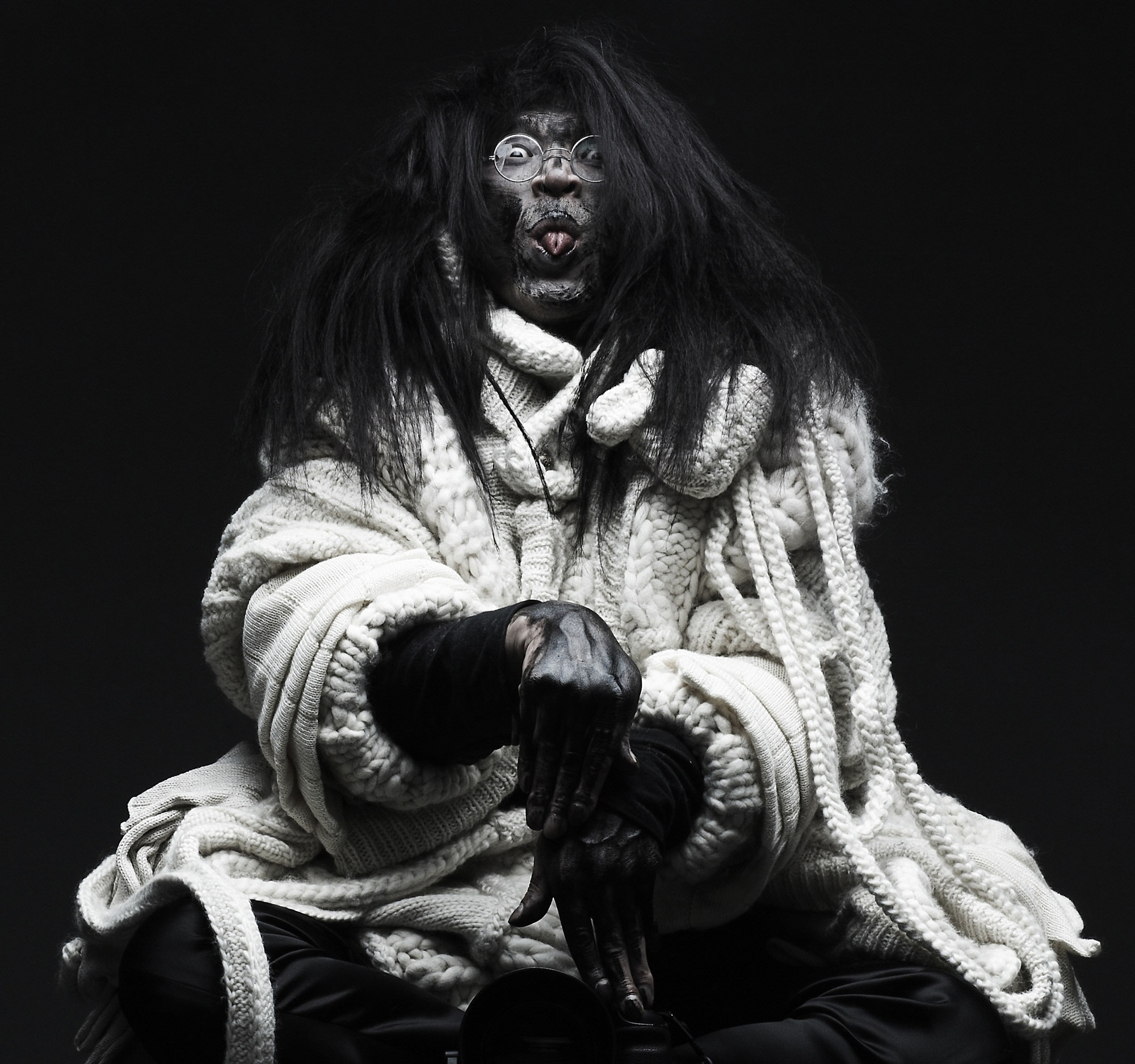
(The Dog that Shot the Falcon)
What are some technical difficulties that arose while you were shooting in this style? Can you tell us about a particular challenge that you overcame or technique that you used?
For effective changing of my figure in order to take my various images, decorating myself was not sufficient. At times I had to lose my weight by up to 15kg. I also grew my hair longer. This because I did not want to use any Photoshop skill. I thought my works as a kind of documentary photography about my inside, so I respected this fact about my self-change.
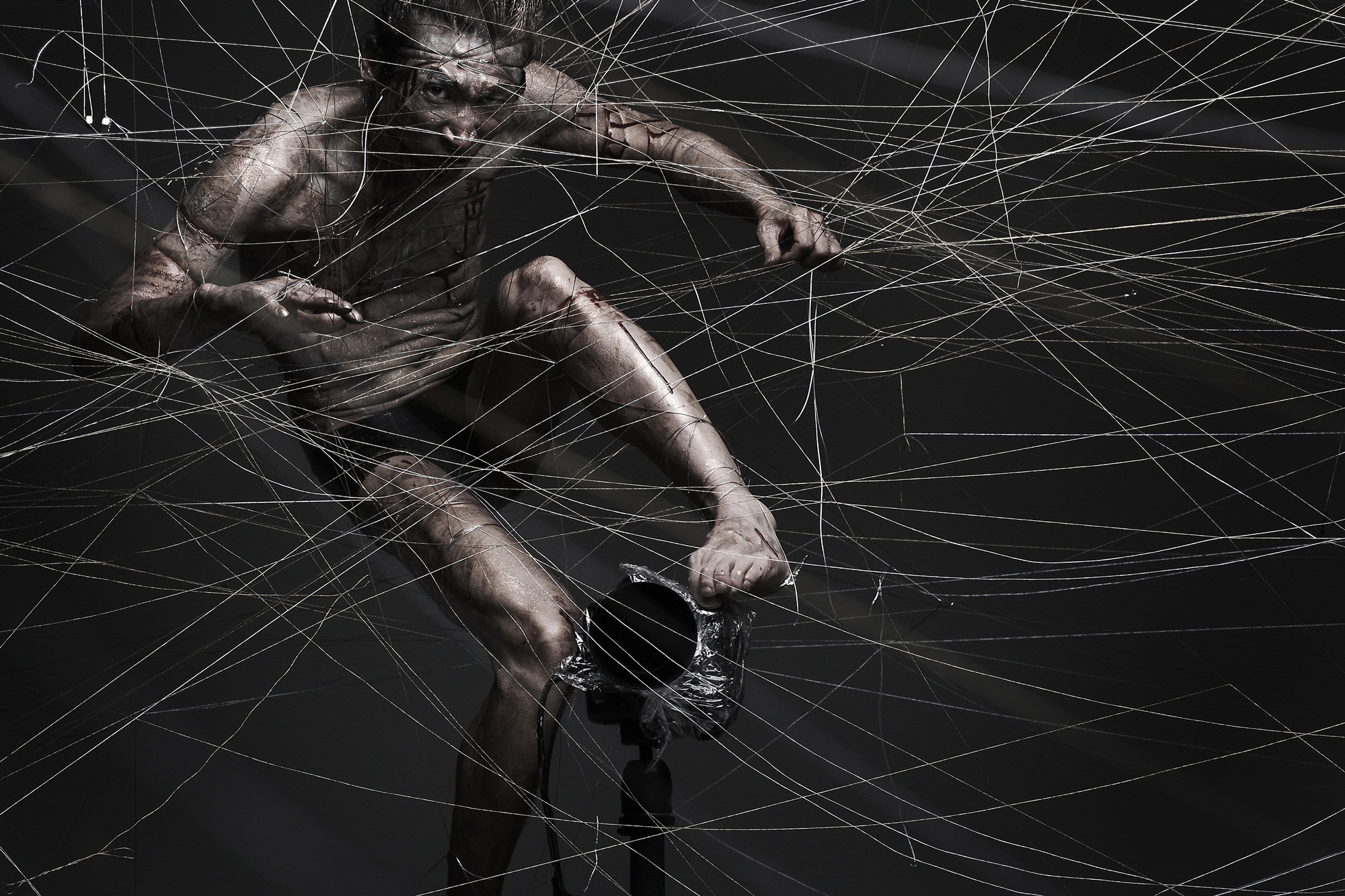
(A Modest King Walks Across The River)
Who or what (artists or art, in any medium) is inspiring you right now?
I love Pina Bausch and her choreography, and every one of her works. Yes, I was inspired by her.
I especially love the video where she danced in front of the mirror.
For your next creative Korea Holiday, please contact Asia Art Tours. We are creative travel for creative people.
For more information on the 99 Variations please head to :99variations.com/
